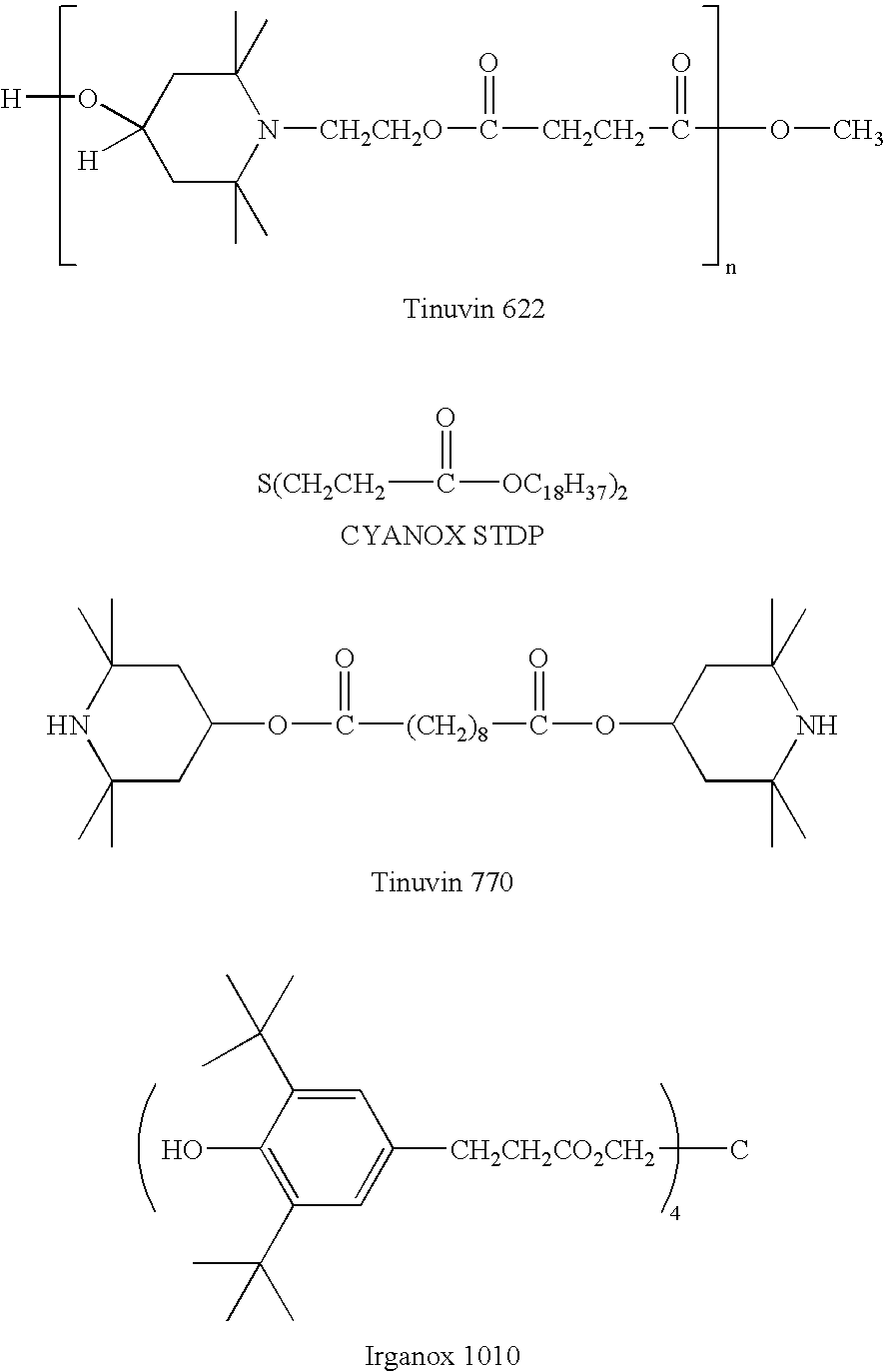Self limiting catalyst composition and propylene polymerization process
a propylene polymerization and composition technology, applied in the direction of catalyst activation/preparation, physical/chemical process catalysts, chemical/physical processes, etc., can solve the problems of poor polymerization activity, ineffective or detrimental with respect to additional properties or features, and sca that is effective in combination with one procatalyst may not be effective when used in combination with a different procatalyst,
- Summary
- Abstract
- Description
- Claims
- Application Information
AI Technical Summary
Benefits of technology
Problems solved by technology
Method used
Image
Examples
example 1
[0087]A titanium containing Ziegler-Natta catalyst composition is employed to produce polypropylene homopolymers. The catalyst composition includes a procatalyst compound prepared by slurrying a mixture of a magnesium diethoxide and titanium ethoxide / chloride containing precursor corresponding to the formula Mg3Ti(OC2H5)8Cl2 (made substantially according to U.S. Pat. No. 5,077,357) with diisobutylphthalate (0.2 liter / kilogram precursor) in a 50 / 50 (vol / vol) mixture of TiCl4 / monochlorobenzene (MCB, 19 liters / kilogram precursor). After the mixture is heated at 113° C. for 60 minutes, it is filtered. The resulting moist mass is slurried in a 50 / 50 TiCl4 / MCB mixture (19 liters / kilogram precursor) at 113° C. for 30 minutes, filtered, and the process repeated once more. The resulting solid is rinsed with isopentane and then dried with flowing warm nitrogen. The resulting procatalyst containing 2.6 percent Ti is ground and sieved prior to use in polymerizations.
[0088]Propylene polymerizati...
PUM
| Property | Measurement | Unit |
|---|---|---|
| temperature | aaaaa | aaaaa |
| molar ratio | aaaaa | aaaaa |
| temperature | aaaaa | aaaaa |
Abstract
Description
Claims
Application Information
 Login to View More
Login to View More - R&D
- Intellectual Property
- Life Sciences
- Materials
- Tech Scout
- Unparalleled Data Quality
- Higher Quality Content
- 60% Fewer Hallucinations
Browse by: Latest US Patents, China's latest patents, Technical Efficacy Thesaurus, Application Domain, Technology Topic, Popular Technical Reports.
© 2025 PatSnap. All rights reserved.Legal|Privacy policy|Modern Slavery Act Transparency Statement|Sitemap|About US| Contact US: help@patsnap.com

